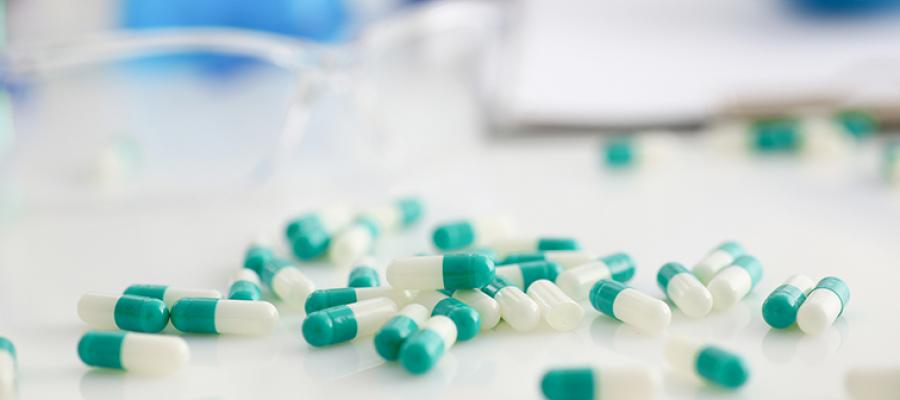Study: U.S. experiences rapid growth in specialty drug spending

Specialty drugs more than doubled as a share of retail fills for the overall U.S. population between 2010 and 2017, according to a study using various sources and published in Health Affairs, growing from 1% to 2.3%.
Despite representing a small percentage of overall prescriptions, spending on these drugs accounted for approximately half of the country’s total spending on retail, mail-order and provider-administered drugs in 2018; however, the study noted that the cost of these drugs are difficult to track due to the use of manufacturer rebates.
Net spending was divided at 31.5% for all retail and mail-order drugs for Medicare Part D, 37.8% for Medicaid and 43.6% of private drug spending.
Related News Articles
Headline
An AHA blog examines new data released by the Health Resources and Services Administration on the growth of the 340B Drug Pricing Program. “When…
Headline
The Trump administration announced a trade agreement with the U.K. Dec. 1 on pharmaceuticals that exempts U.K. drug products from Section 232 tariffs. In…
Headline
The Centers for Medicare & Medicaid Services Nov. 25 announced lower prices for 15 Medicare Part D drugs selected for the second cycle of negotiations…
Headline
The White House announced today that it reached agreements with Eli Lilly and Novo Nordisk to align their drug prices with the lowest paid by other developed…
Headline
Cigna’s Evernorth division Oct. 27 announced a new, rebate-free pharmacy benefit model, beginning in 2027, that would reduce monthly prescription drug costs by…
Headline
The median net launch price for 154 new drugs increased 51% between 2022 and 2024, after accounting for inflation and discounts, according to a report released…

